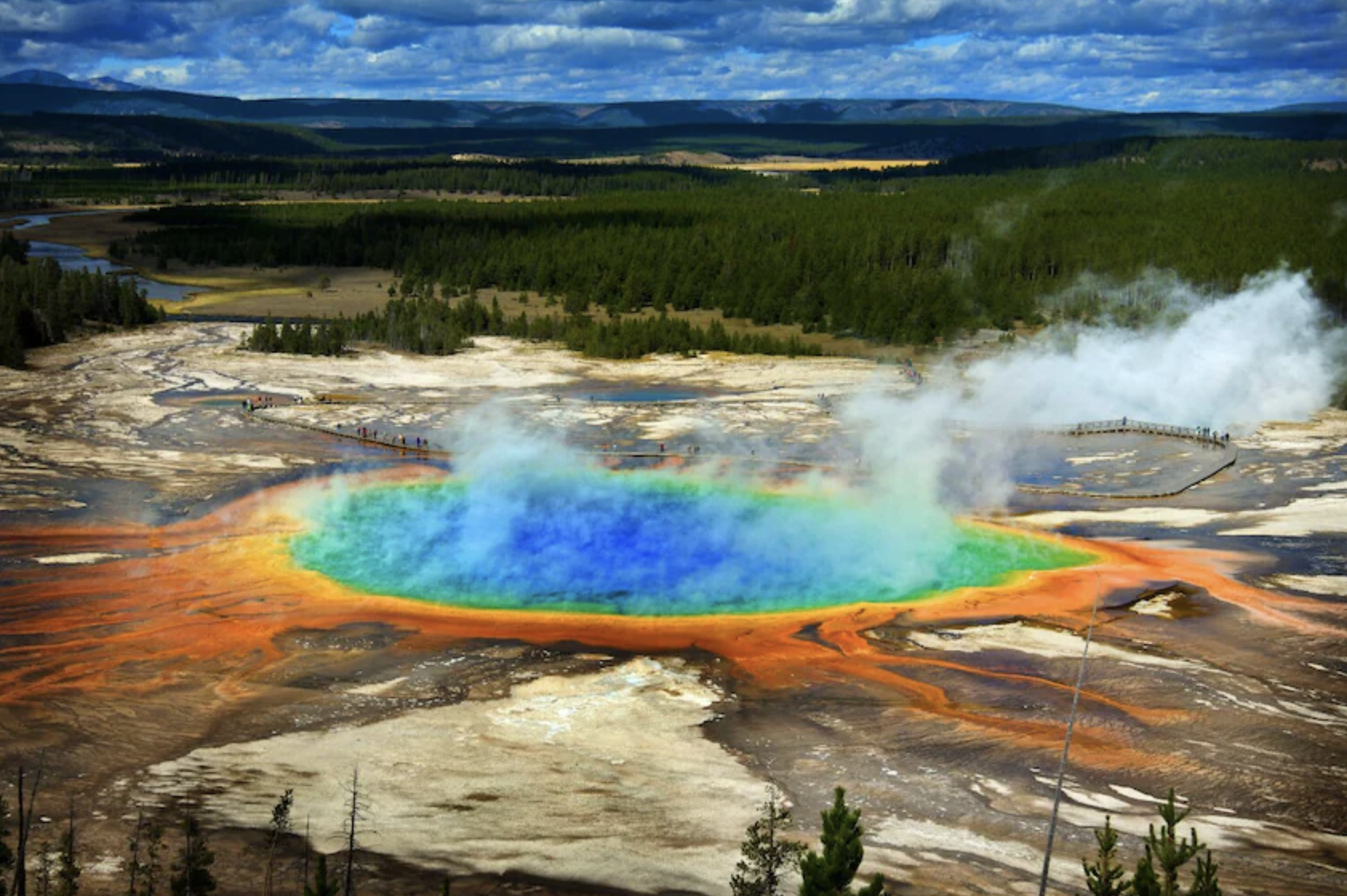Canyons:
-
Grand Canyon, USA:
- Formation: The Grand Canyon is a monumental example of erosion by the Colorado River. Over millions of years, the river has cut through layers of sedimentary rock, revealing the remarkable layers of Earth's history. The Colorado Plateau uplifted, and the river's relentless force deepened the canyon, creating its intricate landscapes.
-
Antelope Canyon, USA:
- Formation: This narrow sandstone slot canyon was formed by the erosive power of flash floods. Over time, the rushing water carried abrasive sand and sediment through the narrow passages, sculpting the beautiful, sinuous curves and smooth surfaces seen today.
Caves:
-
Mammoth Cave, USA:
- Formation: Mammoth Cave is the world's longest known cave system, and it was formed by the dissolving action of acidic groundwater on limestone rock. As rainwater seeps through the ground, it dissolves the soluble limestone, creating vast underground chambers and passages.
-
Reed Flute Cave, China:
- Formation: Reed Flute Cave is a limestone cave adorned with colorful, illuminated stalactites and stalagmites. These formations developed over millions of years as mineral-rich water dripped from the cave's ceiling and deposited calcium carbonate, gradually creating the surreal underground landscape.
Volcanoes:
-
Mount Fuji, Japan:
- Formation: Mount Fuji is a stratovolcano, formed through the eruption of layers of lava, ash, and other volcanic materials. It's part of the Pacific Ring of Fire and was created by the subduction of the Philippine Sea Plate beneath the Eurasian Plate.
-
Mauna Loa, Hawaii, USA:
- Formation: Mauna Loa is the world's largest shield volcano. It formed as a result of the continuous eruption of low-viscosity basaltic lava, creating broad, gently sloping shields. The Hawaiian Islands were built by a hotspot that generates volcanic activity as the Pacific Plate moves over it.
Geological wonders are not only awe-inspiring but also provide valuable insights into Earth's geological history. They are the result of various natural processes, including erosion, tectonic activity, volcanic eruptions, and the slow deposition of minerals. These masterpieces of the Earth's geology offer us a glimpse into the dynamic forces that have shaped our planet over millions of years.




Comments (0)